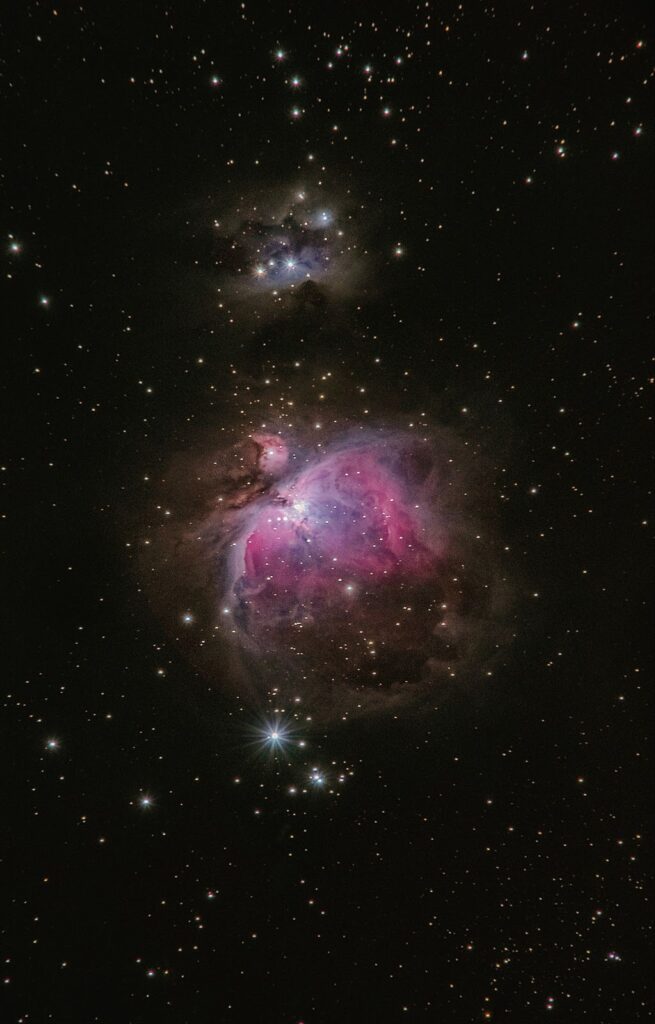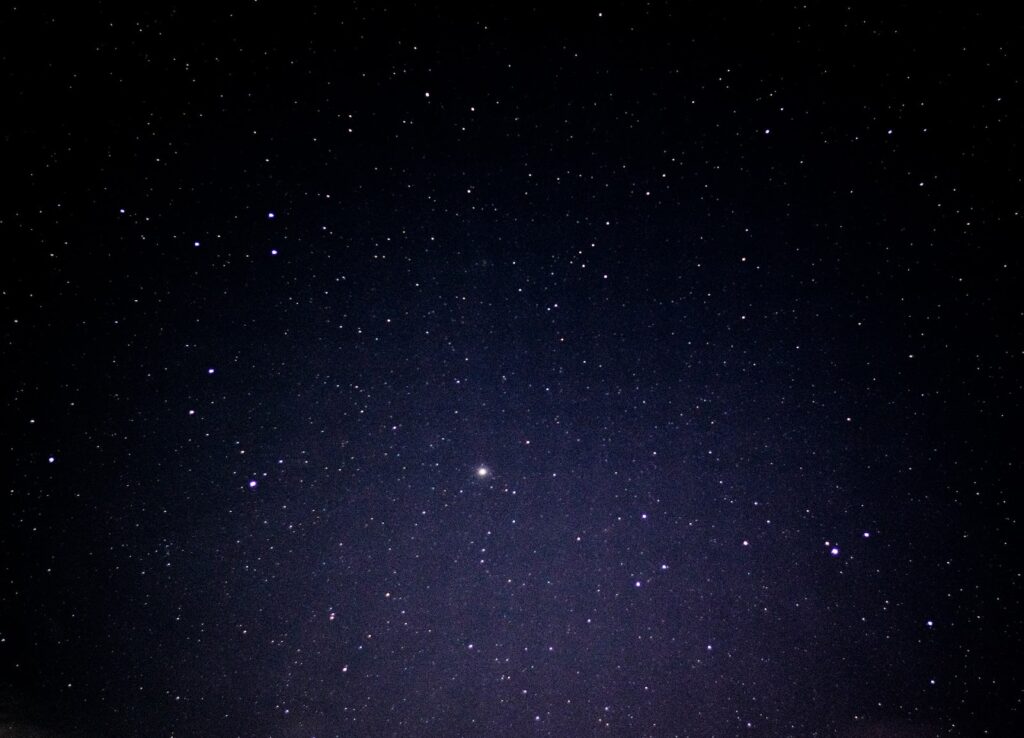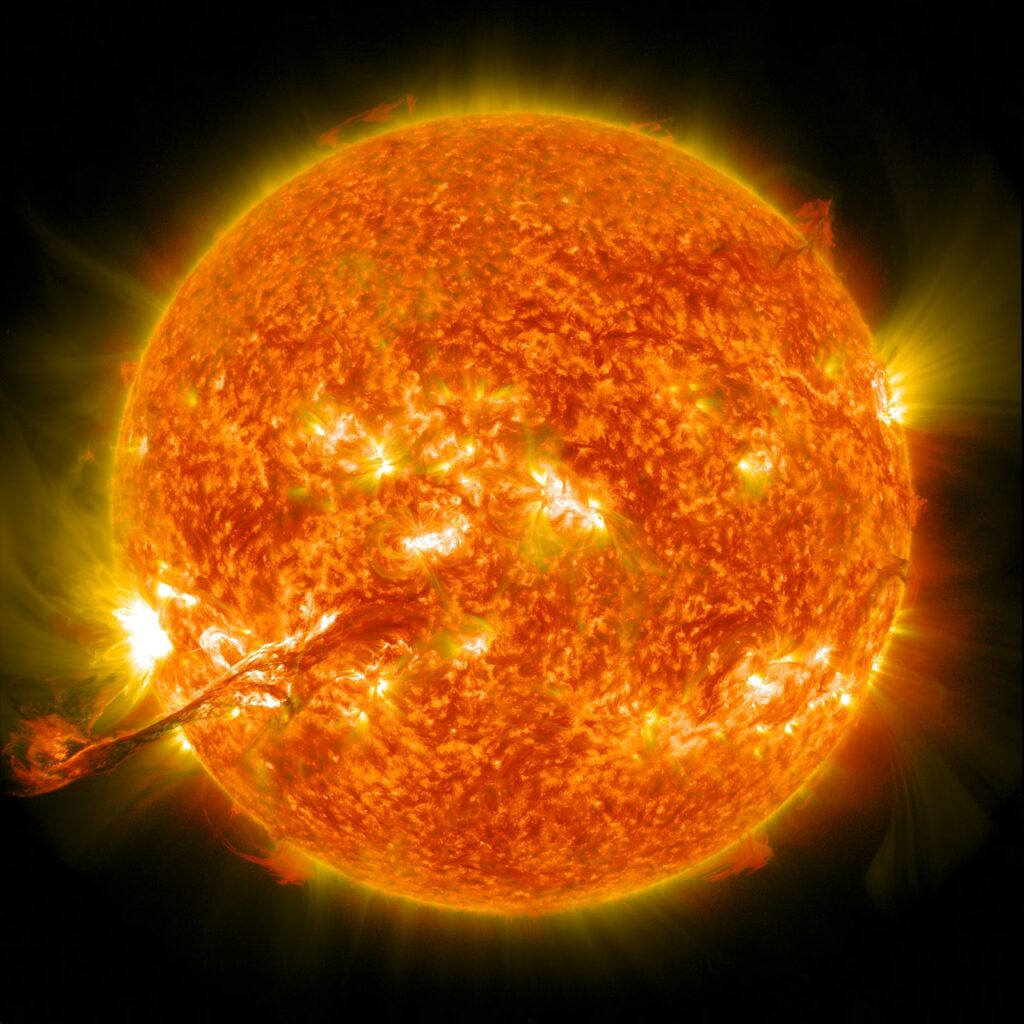The stars have adorned the night sky for billions of years and captured the imagination of humans for thousands of years. We even have a very local star that lights our days and basically is key to all life on Earth. A common question we hear about stars however is “how do stars die?”
In this article we are going to learn more about stars, how they form what they are made of and what their life cycle looks like. The life of a star is vast compared to our own but what happens when they eventually come to an end?
What Are Stars?
So what exactly is a star? As mentioned we see millions of stars in the night sky so they are likely our most familiar astronomical body.

These bright heavenly bodies represent the most fundamental building blocks of galaxies with some being billions of years of old. They are huge energy producing balls of gas which through nuclear fusion also produce heavy elements such as carbon, nitrogen and oxygen.
How Are Stars Formed?
Hundreds of thousands of years after the Big Bang the gases released into our universe were not spread out evenly. Two main gases, hydrogen and helium, would clump together into dense clouds of gas. As these clumps grew they would become denser and more compact. At the center of these dense clumps temperatures became hotter eventually leading to nuclear fusion.

The cloud collapses inward causing the material at the center to heat up. This is known as a protostar and the gradual build up of heat and pressure creates a star. Sometimes these clouds which also include dust may break into blobs creating multiple stars. This is why you may see stars grouped together in the night sky.
Our Own Star
There is a very simple answer to which star is the brightest in the skies of earth although some people may not be aware of this. There is one star so bright that when it shines we can not see any of the others. This star is our own sun.

Around 93 million miles away from earth the sun is indeed a star and is considered a yellow dwarf. Without this star there would be no life on our planet.
When Will the Sun Die?
We know that stars eventually burn out and this will inevitably one day happen to our sun. However unless you are reading this billions of years in the future the sun burning out is not one of your immediate environmental concerns.
Experts estimate the sun will burn out in roughly 10 billion years. It should be noted however that heading into this process the sun will change and in about 5 billion years it may become a red giant. Still though, nothing for us or even hundreds of generations of our family to worry about. So if someone tries to tell you that solar power is a finite resource they are very wrong.
How Do We Know Stars Die?
In understanding the nature of stars we know one thing that is for certain, eventually they will burn out and die. This is because like anything natural or mechanical in nature when the fuel runs out then the thing will cease to operate.
As stars like our own sun are essentially balls of gas burning in space through nuclear fusion eventually the fuel for this will be expended. Once there is no more hydrogen and helium to burn in the star it will die.
The Process of a Dying Star
The events of a star’s death can vary based on its initial size. There are many sizes and classifications of stars, some which will burn out quickly while others last far longer. Once a star exhausts its fuel there is a final supernova explosion as the star collapses in on itself.
The supernova explosion generally results in one of two outcomes: either a highly dense neutron star or the enigmatic black hole should the star’s original mass be sufficient.
Average-Sized Stars
Stars that are of an average size which equates to about 1.4 times the mass of our own sun tend to have less dramatic endings. As the hydrogen in that star starts to run out it will swell in size becoming a red giant.
The helium will be fused in the red giant’s core as it starts to shed its outer layers which often become planetary nebulas. The core will remain a white dwarf which will slowly cool down over billions of years.
Tiny Stars
When it comes to the smallest stars these are known as red dwarfs. They have less fuel but they burn far more slowly. These potentially could live in excess of 100 billion years. This means that some of the first stars in the universe still exist today although none are the same age as the universe itself. Stars didn’t start to form until almost 400,000 years after the original expansion phase of the universe.
What Is Left Behind?
When a star has died it becomes one of two things: either a neutron star or a black hole.
Neutron Star
Neutron stars are formed when a star runs out of fuel and collapses in on itself. The event is so dramatic that it crushed every proton and electron it contains into neutrons. Depending on the size of the core of the star it may stop its collapse at the neutron star phase and remain that way. Generally stars between 1 and 3 solar masses will become neutron stars when they die.
A neutron star then is essentially the most dense object known as it consists of the mass of a sun compacted down into something the size of a city. To understand the density of a neutron star image one the size of a cube of sugar. It would weigh a billion tons under Earth’s gravity.
Black Holes
The National Aeronautics and Space Administration (NASA) says that a black hole is an area in space where the pull of gravity is so strong that matter is squeezed into a tiny area. The reason these black holes form is as a result of a dying star.
We can not generally see black holes because the gravitational pull is so strong that no light can escape. They are essentially invisible and can only be detected by observing stars that surround them. Space telescopes with specialized tools observe the behavior of stars that may be close to a black hole to confirm the presence of these phenomena.
A black hole forms upon the death of a star, usually when a large sun has undergone a supernova explosion event. Generally speaking smaller stars do not form black holes but instead become dense neutron stars which are not massive enough to trap light.
Final Thoughts
Stars die in the same way that many other things do when they have run out of fuel. In the case of stars this is gas in the form of hydrogen and helium undergoing nuclear fusion deep in the star’s core. As the fuel runs out the star expands, sheds some of its outer layers and eventually collapses in on itself.
The result of this collapse eventually results in either a dense neutron star or a black hole in space which sucks in matter and light never to be seen again.
